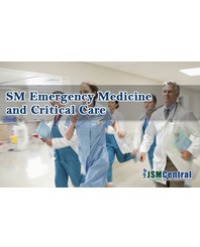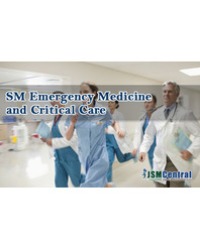
The use of Rescue Therapy in Three Cases of Aconite-Induced Refractory Ventricular Arrhythmia
Aconite-induced ventricular arrhythmias are often resistant to direct current cardioversion and conventional pharmacotherapy currently advocated in Advanced Cardiac Life Support algorithms and patients may die from refractory ventricular tachyarrhythmia. Aconitum alkaloids are lipid soluble and hence intravenous lipid emulsion is a potential treatment. We report two cases of aconite-induced refractory ventricular arrhythmia which did not respond to intravenous lipid emulsion while another case was successfully managed with extracorporeal membrane oxygenation as a bridge to recovery.
Yu Kwan LI¹*, Shing Kit LAM², Chi Ming CHAN¹, and Albert Chau Hung LIT¹


